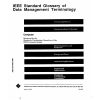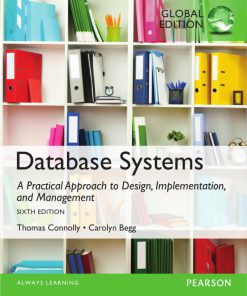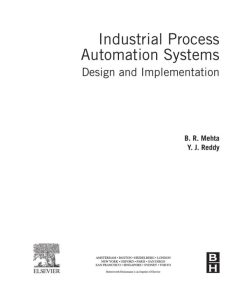Database Systems Design Implementation and Management 1st edition by Carlos Coronel, Steven Morris, Peter Rob ISBN 0538469684 978-0538469685
Original price was: $50.00.$25.00Current price is: $25.00.
Authors:Carlos Coronel; Steven Morris; Peter Rob , Series:IT & Computer [493] , Tags:Computers; Information Technology; WCN: 02-200-203 , Author sort:Coronel, Carlos & Morris, Steven & Rob, Peter , Ids:Google; 9780538469685 , Languages:Languages:eng , Published:Published:Nov 2009 , Publisher:Cengage Learning , Comments:Comments:DATABASE SYSTEMS: DESIGN, IMPLEMENTATION, AND MANAGEMENT, NINTH EDITION, a market-leader for database texts, gives readers a solid foundation in practical database design and implementation. The book provides in-depth coverage of database design, demonstrating that the key to successful database implementation is in proper design of databases to fit within a larger strategic view of the data environment. -Updated coverage of data models. -Improved coverage of normalization with a data modeling checklist. -Enhanced coverage of of database design and life cycle. -New review questions, problem sets, and cases throughout the book. With a strong hands-on component that includes real-world examples and exercises, this book will help students develop database design skills that have valuable and meaningful application in the real world. Instructors teaching tools include: Instructor’s Manual, written by the authors, to help instructors make their classes informative and interesting; It includes notes about alternative approaches; SQL and ColdFusion Script files, tested by Course Technology to ensure accuracy; Detailed solutions to all Review Questions and Problems; PowerPoint Presentations for each chapter; Figure files; WebTutor premium online content for distance learning.Important Notice: Media content referenced within the product description or the product text may not be available in the ebook version.













